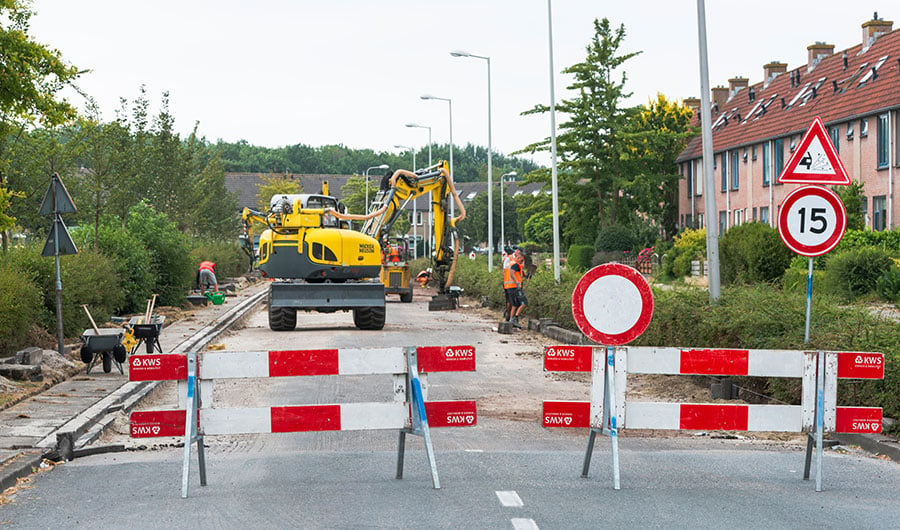It’s no surprise that not everyone is overjoyed when a construction project kicks off in their neighbourhood.
Construction work can have a significant impact on residents’ daily lives. Noise and vibrations can disrupt sleep and concentration. Moreover, people are creatures of habit. A detour can suddenly throw off their morning routine, and before they know it, they’re late for work.
By the time resistance to a construction project emerges, it’s often too late to handle it effectively. In this article, we take a step back to understand how resistance arises. With these insights, you’ll be better equipped to prevent friction and foster positive engagement with the community.

Addressing a Lack of Engagement and Feeling Excluded
A sense of disconnection from a construction project is one of the key triggers for resistance among local residents. When people feel that a project is being imposed on them, it can lead to feelings of exclusion. This, in turn, often creates tension between the community and the project team.
As a project leader, it’s vital to address these emotions thoughtfully. It’s easy to dismiss concerns, thinking, “There are always people like this on every project.” However, in an attempt to avoid stirring up further complaints, some teams inadvertently make it harder for residents to share their concerns. This only exacerbates feelings of exclusion, widening the gap between the project and the community, and often reinforcing the project team’s own assumptions.
Frustration and anger frequently stem from a lack of control. Proactively providing clear information and listening to concerns can significantly reduce this tension.
Take the Community Seriously
Most frustration can be avoided by simply taking people seriously.
This doesn’t mean that every complaint needs to be accommodated. Taking the community seriously begins with creating opportunities for people to voice their concerns and taking the time to listen.
You may not be able to resolve every issue, but demonstrating understanding and explaining your decisions goes a long way. Communication is key—not just in sharing information but also in creating space for dialogue.
Avoid the trap of dismissing or minimising residents’ concerns. Make it easy for people to reach out and show genuine empathy for the sentiments within your project’s community.

Use Clear Language
The impact of your choice of words is often underestimated. In the construction industry, jargon is the norm rather than the exception. Terms like “regeneration,” “restructuring,” or “foundation stabilisation” are not part of everyday language for most people.
Using technical terms or complex language—intentionally or not—risks creating a disconnect. If people can’t understand your message, they can’t engage with it, which can lead to misunderstandings or frustration. Choose straightforward, accessible language that resonates with the community.
This principle also applies to visual communication. Not everyone can interpret technical drawings.
Consider delivering your message in multiple formats to reach a wider audience, including those with limited literacy skills. For instance, create a video to explain what’s happening. Many people find this format far more engaging than a lengthy letter. By offering information in a variety of ways, you can ensure that everyone feels informed and included.
Be Approachable
Not everyone feels comfortable making a phone call, stepping into a site office, or raising a question at an information evening. Similarly, writing a clear email is not a skill that comes naturally to everyone.
Ensure that your project team is approachable through multiple channels. This reduces barriers between the project and the community. Making it easy for people to share their concerns helps prevent negative feelings from building up. Often, concerns can be addressed early, and practical solutions can be found before issues escalate or pile up.

Simplify Engagement with SitePodium
While it would be wonderful to claim that using SitePodium eliminates all resistance, that wouldn’t be realistic. What SitePodium does offer, however, is a user-friendly and accessible way to communicate with the community.
The platform makes it easier to listen to local concerns. Residents and stakeholders can share their thoughts quickly and conveniently. This gives you greater insight into community sentiment, allowing you to address potential issues before they escalate.
With SitePodium, you can bridge the gap between your project and the community, helping to reduce resistance and foster a more collaborative relationship.
